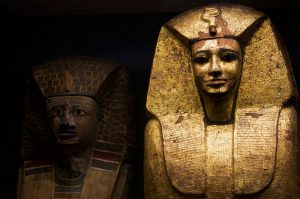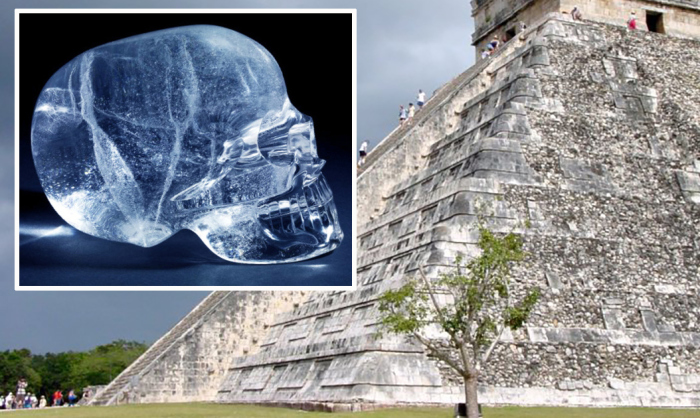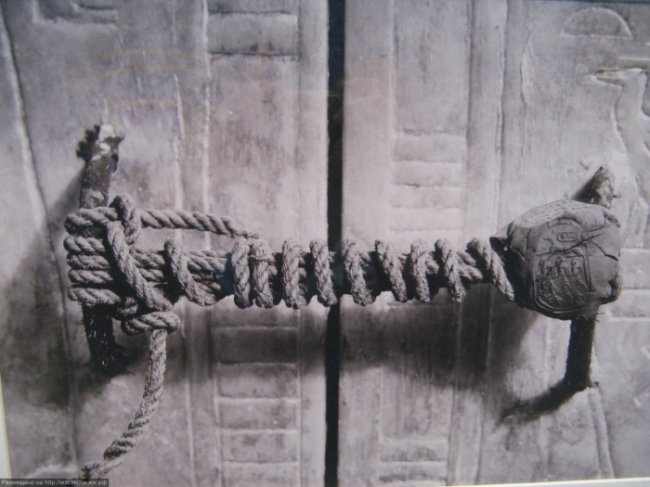4 intriguing scientific versions of how the ancient Egyptians looked
 In 2014, Ridley Scott removed his biblical epic “Exodus: Kings and Gods” and accidentally unleashed a rather unexpected conflict. In the film, the ancient Egyptian characters are played by white actors, and this angered those who believe that the Egyptians were dark-skinned. But what did the ancient Egyptians actually look like? Most Egyptologists insist there is no reason to believe that the modern concept of race can be applied to the Egyptians. Nevertheless, there are some historical “clues” about what the Egyptians could look like, although we will immediately make a reservation that these are just versions.
In 2014, Ridley Scott removed his biblical epic “Exodus: Kings and Gods” and accidentally unleashed a rather unexpected conflict. In the film, the ancient Egyptian characters are played by white actors, and this angered those who believe that the Egyptians were dark-skinned. But what did the ancient Egyptians actually look like? Most Egyptologists insist there is no reason to believe that the modern concept of race can be applied to the Egyptians. Nevertheless, there are some historical “clues” about what the Egyptians could look like, although we will immediately make a reservation that these are just versions.
1. Herodotus
The Greek historian Herodotus, who wrote a lot about Egypt around 450 BC, was one of the first to indirectly shed light on the appearance of the ancient Egyptians.Wrote more than 100 years before Alexander the Great conquered Egypt, Herodotus claimed that the inhabitants of Colchis (a region on the east coast of the Black Sea) were of Egyptian origin, because, like the Egyptians, they had dark skin and thick curly hair . Both groups also practiced circumcision.
A brief description of Herodotus was the subject of endless debate. To be precise, the historian used the words melanchroes (having dark or black skin) and oulotriches (having curly or curly hair). Some scholars believe that the word melanchroes may simply mean people who have darker or darker skin than Herodotus himself. Herodot also notes that the physical appearance of the Colchians “does not prove anything, because other peoples also have these features,” which may mean that the Colchians did not differ much from other Asian peoples. The only thing that is clear from the records of Herodotus is that the Egyptians probably were not very light-skinned.
2. Ramses And
At the beginning of the 19th century, proponents of slavery and other racists argued that ancient Egypt could only be so advanced as there was a Caucasoid civilization. They also assumed that the Egyptian ruling class was white, and their slaves were black. Afrocentric historians, on the other hand, emphasize the sub-Saharan origins of Egyptian civilization, arguing that the ancient Egyptians were black. It seems that the truth is somewhere in the middle.
In 1881, the mummy of Ramses II (Egyptian pharaoh, who ruled about 1279-1213 BC) was discovered. Almost a century later, in 1974, archaeologists in Paris conducted a forensic examination of this mummy. Their analysis showed that Pharaoh had red hair, and this feature never met in sub-Saharan Africa. Ramses II was about ninety years old when he died, his gray hair was dyed red with henna, but microscopic analysis confirmed that he was originally red. Since Ramses, as is known, was of Libyan descent, historians have suggested that he probably had relatively fair skin, especially since the ruler of Egypt did not need to appear often in the sun.
3. Tutankhamen
The sources of controversy are modern images of Tutankhamen, the Egyptian pharaoh, who began his reign at the age of nine in the 1330s BC. Some Afrocentric scholars argue that the popular images of Pharaoh as a white man are racist and blatantly inaccurate.
The dispute broke out again when Egyptian scientists sequenced Tutankhamun’s DNA. Although the researchers did not publish any information about Pharaoh’s race, various neo-Nazi organizations cite a vague screen shot of the Discovery Channel documentary, which, they insist, “proves” that Tutankhamun was white or even Scandinavian, since he allegedly had a blood type, common in the north of Europe.
Egyptian authorities were even accused of trying to conceal the possible Jewish heritage of Tutankhamen because of the current tensions in the Middle East. However, most genetic experts admit that ancient DNA is incredibly easy to confuse (in one known case, DNA identified as belonging to a dinosaur was found to belong to modern humans). And this makes any DNA research Tutankhamen very controversial.
4. Kemet
Just as the Germans called their country Deutschland, and not Germany, the ancient Egyptians did not call their country Egypt; they called her Kemet, which means “black.” As you would expect, there is a lot of controversy about the specific meaning of the word “chemet”. The two main arguments are that the Egyptians used the word “kemet” to designate their country as “black land” or called it “black land”.
Most modern linguists are inclined to the second version. They claim that the annual floods of the Nile River brought fertile black soil that ensured the country’s agricultural prosperity. As a result, the Egyptians called their land Kemet.



